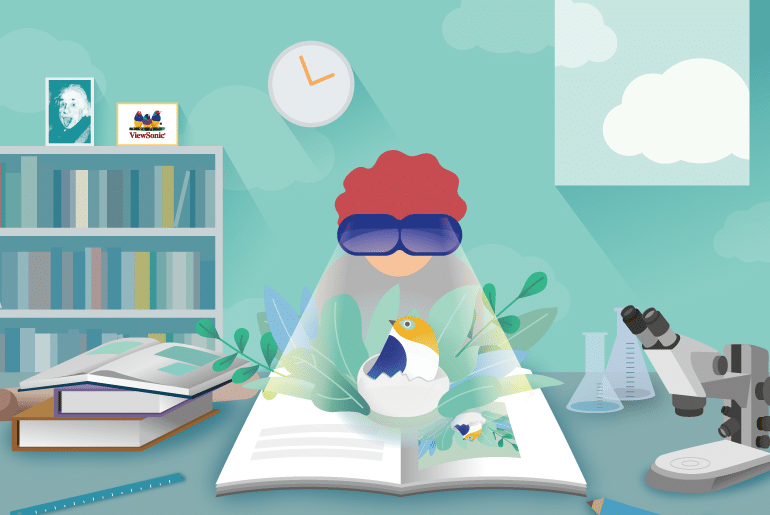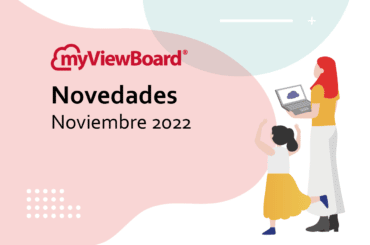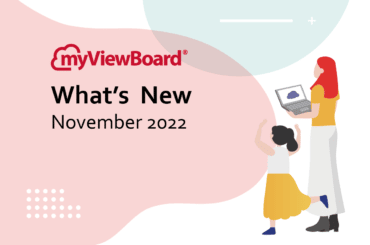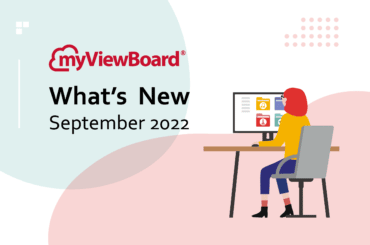This post is also available in: Español (Spanish) Français (French)
Quick Take: Introduces how to integrate AR, VR and MR technologies and applications to increase student engagement. Look at each technology separately and how it can be applied to modern education.
Student engagement is a ‘hot’ topic in education, if we could only engage young people they would thrive!
So how does one engage a millennial about the periodic table and Pythagoras? Could adding interactivity to the classroom enhance student engagement? Let’s bring AR, VR, and MR into student and teachers hands.
Start Using AR in Education
What if students could view and operate what they were learning about themselves? This is exactly what AR (Augmented Reality) is all about. Two interesting uses of Augmented Reality in schools is for giving instruction.
Students can record themselves giving definitions of keywords and their use in a sentence. Students can then use apps like HP Reveal to make their class friends pop up on a screen giving them a definition.
Also, for science teachers putting up triggers around a lab and getting students to scan these triggers, once these triggers are scanned students can learn all the different processes for different experiments.
Teachers could also make use of fantastic educational apps that use AR – e.g. Amazing space journey, allowing students to take a trip around the solar system also DAQRI Anatomy has been flagged by science teachers as showing students the human anatomy in Augmented Reality.
Imagine the breadth and depth of learning when students can watch and interact with their own learning rather than just listening.

Try VR in the Classroom
Ever watch a SciFi film and they use Virtual Reality – it looks so exciting and futuristic, well the truth is the future is here – so let’s take advantage of it.
The immersive nature of VR (Virtual Reality) makes it one of the most powerful tools in a teacher’s palm as it can engage different senses for students giving them a more holistic learning experience.
Imagine traveling and exploring places all over the world without even leaving the classroom, imagine experiencing different careers first hand, no we don’t have to wait until 2050 this is the beauty of Virtual Reality.
Imagine the breadth and depth of learning when students can watch and interact with their own learning rather than just listening.
In a generation and time where students are used to sharing pictures, statuses and videos why not give students the freedom to create and share their own Virtual Reality content.
Young people have an expected love for nature and are generally inquisitive as they start to learn about the world around them. Many VR apps can be used to give students an experience that otherwise might not have been possible.
Getting Students Started with MR
Now educators have the opportunity to use MR (Mixed Reality) – or learning by doing. Thanks to Mixed Reality students can touch and manipulate objects, meaning they can grasp a deeper understanding of how things work.
Mixed Reality gives students the opportunity to learn even the most abstract concepts in science and interact with mathematical formulae. The plan of Mixed Reality is to move students away from a ‘learn by listening’ to a ‘learn by doing’. With Mixed Reality both student and teacher can go back in time to interact with humans, animals and places that no longer exist.
But these EdTech methods are not just for learning key facts and information it will also bring students together to work more collaboratively, collaborative learning is important as it enhances student’s confidence, makes learning more fun and allows students to share opinions with their classmates.
The Future of Student Engagement in the Lens of AR, VR, and MR
In conclusion – the AR, VR, and MR are undoubtedly going to change the way teachers teach and students learn.
The decade’s old tradition of students sitting in seats will change as with the different types of ‘Realities’ being developed students will need to be up and moving around interacting with their environment and increase student engagement on many new levels.
Learners will get so much more from a Reality headset than they from a normal textbook. With so many new apps and developments being made it won’t be long before these reality headsets and other EdTech are a classroom standard.
This article was contributed by Michael Scott, a Physic, Chemistry and Biology Teacher from Nottingham, England. Find more education and EdTech insights on myViewBoard/blog.





2 Comments
A great piece that sheds much needed light on merging technology and its impact on business as there are many new details you posted here. Sometimes it is not so easy to build a AR VR Application Development Company without custom knowledge; here you need proper development skills and experience. However, the details you mention here would be very much helpful for the beginner. Here is yet another top-notch solution provider “X-Byte Enterprise Solutions” who render feasible and credible solutions to global clients.
Know more here: Top AR VR App Development Service Company
Informative Blog